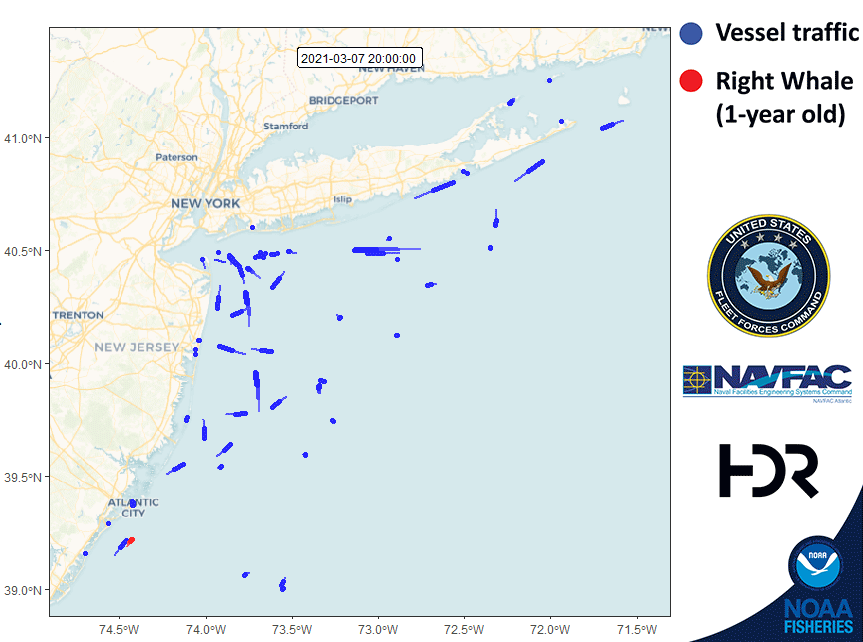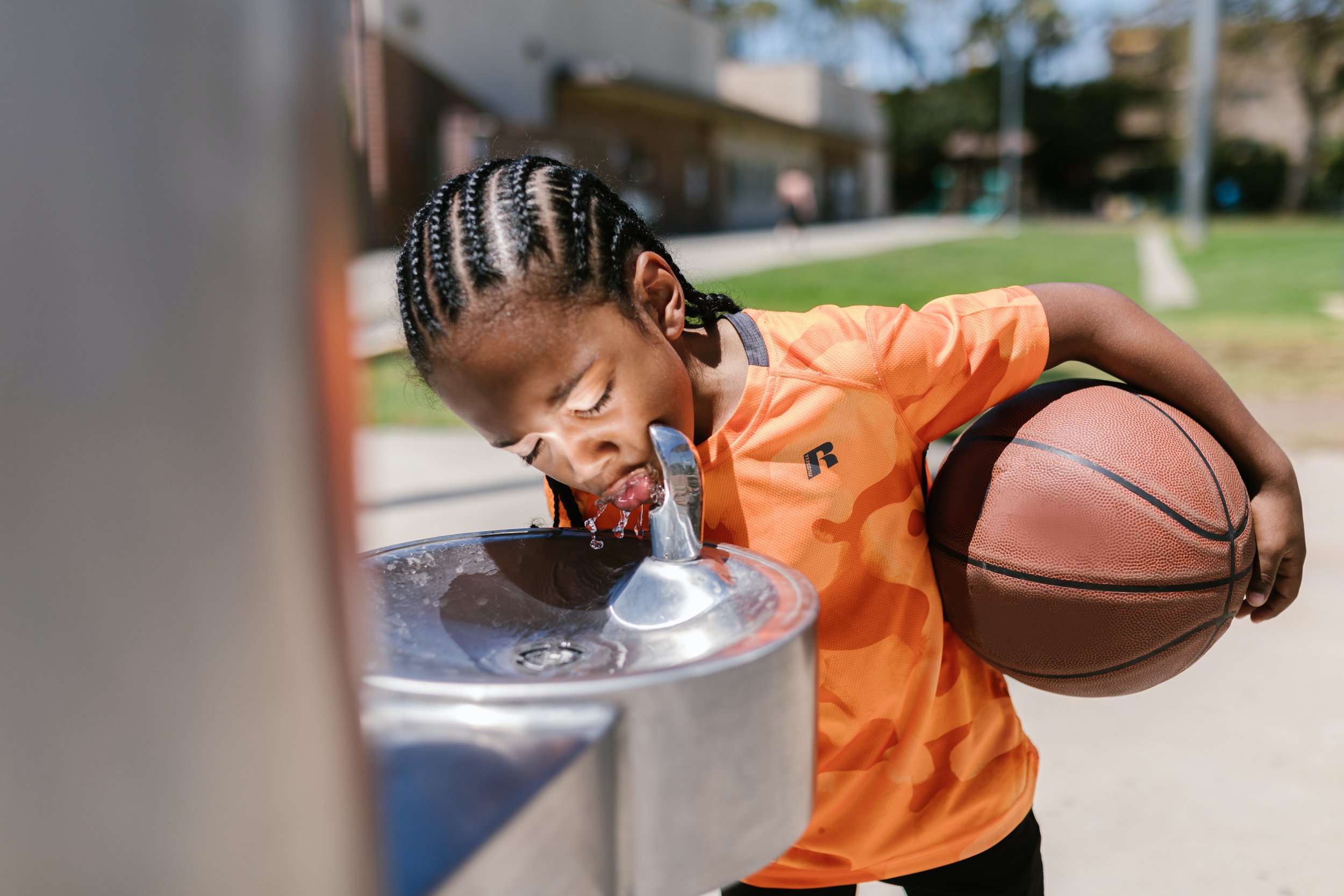Time is Running Out for Governor Hochul to Ban Toxic Neonic Pesticides in New York!
In June, the NYS legislature passed the Birds and Bees Protection Act with overwhelming support. On Tuesday, the bill was finally delivered to Governor Hochul. This started a 10-day clock for her to either sign or veto this landmark legislation. This bill would protect our pollinators from the most dangerous and toxic pesticide since DDT, neonicotinoids (A.K.A. “neonics”). Neonics kill bees, pollute water, and harm our health! Even if you’ve taken action in the past, we once again need your help in calling on Governor Hochul to sign this monumental legislation. Time is running out and we need YOUR help today!
Email Governor Hochul TODAY and tell her to sign the Birds and Bees Protection Act!
The Birds and Bees Protection Act (S.1856A/A.7640) would ban neonic treated corn, soybean, and wheat seeds; as well as cosmetic uses of neonics on lawns, gardens, and ornamental plants. This will eliminate at least 85% - 90% of all neonics used in New York, protect water quality, and ensure we are not poisoning our birds, bees, and pollinators from this toxic pesticide. Neonics are contaminating surface and ground water across the state, often found at high levels. This toxic pesticide is threatening drinking water quality and our health. We need Governor Hochul to sign this crucial legislation into law! Email Governor Hochul today and urge her to sign the Birds and Bees Protection Act.
Background:
Pollinators, such as honeybees, butterflies, moths, and hummingbirds, are essential components of our food web. Massive bee die-off events and colony collapse disorder are putting our ecosystem and food production at risk. This rise in bee deaths has been largely linked to the explosive growth in the use of neonicotinoids and other harmful pesticides. Neonicotinoids (A.K.A. “neonics”) are pesticides that attack the nervous system of insects. These pesticides largely added as a seed coating to plants, such as corn, wheat, and soybeans and used as a spray for ornamental plants and turf. As a seed coating these chemicals persist and spread as the plant grows, making the entire plant toxic to bees and other pollinators.
Neonics are also threatening New York’s waters. A 2018 U.S. Fish and Wildlife study found neonics in New York’s streams “in excess of toxicity and regulatory thresholds.” Additionally, extensive testing of New York’s surface waters by the USGS in 2016, found the neonic imidacloprid in nearly 40% of samples. There are currently 117 pesticides found in Long Island’s groundwater, with neonics being one of the most prevalent pesticide detected. Neonics are persistent in our water and environment, posing a serious threat to health and pollinators.
Corn, soy, and wheat treated seeds account for an estimated 73% of all neonics used in New York. Lawn, garden, ornamental, and turf (aka cosmetic) uses make up an additional 15%. A 2020 report by Cornell University found that neonic treated corn, soy, and wheat seeds provide "no overall net income benefits" to farmers yet pose significant risk to bees and other pollinators.
Likewise, cosmetic uses pose a high risk to pollinators but are easily replaced with safer alternatives. These uses are unnecessary and must be banned to protect our pollinators.
Thank you! Together we can make a difference.
All of Us at CCE

























